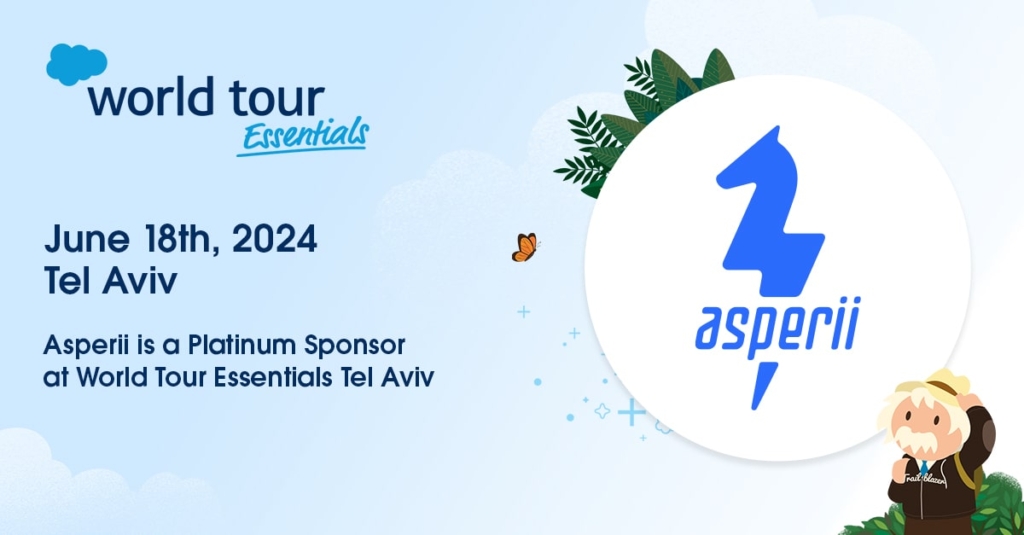Salesforce Lightning Scheduler Is Your Secret Weapon for the New Black Friday
With the holiday season upon us, a season with heightened customer interactions, it is crucial for retailers to swiftly adapt their service processes. Customer interactions need to be re-thought of in order to provide safe and worry-free touchpoints between the retailer’s workforce and its customers.
Every ‘normal’ holiday season brings with it a multitude of unique challenges, but the 2020 New Normal holiday season will present a whole new set of challenges for brick-and-mortar retailers that need to realize how to stay relevant despite social distancing. The traditional shopping Americans love and cherish – walking into a store and coming out with ribbon-wrapped gifts for loved ones – has been made impossible in the New Normal.
The familiar flood of shoppers into brick-and-mortar stores starting on Black Friday will not repeat itself this year. A heavy shift to online shopping will set new realities in 2020; should we just re-coin it as Cyber Friday-to-Monday? The impact and need for adaption isn’t limited to retailers though; the entire supply and service chains that support this mass movement of merchandise will need to plan and execute new processes and workflows to continue delivering stellar service.
The End of Brick and Mortar? Not Really
Abandoning completely the brick-and-mortar shopping experience isn’t the solution. Especially now with a large portion of Americans working from home (which got extended to the summer of 2021) any excuse to leave the house, to just get into the car and drive somewhere, is most welcome. That’s why curbside pickup is picking up popularity among shoppers and retailers alike.
A recently published article in the New York Times states that curbside pickup “has emerged as many retailers’ best strategy for long-term survival in the e-commerce age” and that “the popularity of curbside pickup reveals that the future of retail is not just more packages piling up on people’s doorsteps”.
The question that must be addressed is, why would customers even choose curbside pickup over delivery? There are, actually, quite a few good reasons for that.
Customers might not want to wait for a delivery, nor would they want to pay the extra fee for it. Additionally, some retailers simply don’t offer the option of delivery as it requires to setup an additional operational flow. But mostly, as we’ve been locked down for so many months, folks relish the opportunity to venture out of the home and to some degree, experience again the notion of ‘shopping’.
While until now retailers ‘just’ needed to open the front door of the store, curbside pickups demand of retailers to carefully plan and execute a smooth, drive-through-like, experience for customers.
Curbside pickup requires retailers to master a whole new paradigm of service – scheduling.
Curbside Pickup – How It’s Done
Unlike a drive-through scenario that imitates a counter experience, a curbside pickup demands planning.
The ideal flow from the customer side is this: the customer makes a purchase on the retailer’s website. After completing the purchase being directed to an interface for scheduling the pickup. Later, at the allocated time, the customer arrives at the store, provides an identifier (name or order number), receives the package, and drives away, happily.
For this to happen, three ‘elements’ need to be scheduled: the customer, the package, and an employee to deliver the package. Additionally, the customer-facing interface for booking a pickup time needs to be synchronized with the warehouse so the purchase can be packed and ready on time.
After the package was picked up, the order needs to be marked as done or if the customer failed to show up for the pickup, the order needs to be flagged for re-scheduling.
Last, some planning is required in advance – how soon can a customer schedule a pickup after purchasing? How long does a pickup require from an employee? How often can a pickup be scheduled? Can the store handle multiple pickups simultaneously?
These are just a few of the many scheduling decisions that retailers need to make when planning their curbside pickup operation, in addition to putting up a booking interface on their website that’s integrated with the rest of their management systems.
In order to avoid a messy operation where customers need to unnecessarily wait for their package to be located and brought to them, creating a frustrating and unpleasant experience, retailers need a dedicated solution to manage their curbside pickup operation.
The Solution: Salesforce Lightning Scheduler
Curbside pickup is a perfect-fit for Salesforce Lightning Scheduler. Although it’s a recent concept adopted by retailers and consumers alike, it is as if Lightning Scheduler was meant for it.
Salesforce defines Lightning Scheduler as a system for appointment scheduling.
An ‘appointment’ though rings as a simple encounter, requires the orchestration of a few factors: a service provider (the retailer, the ‘curbside staff’), the service recipient (the customer), subject of value (goods sold that are scheduled to be picked up), the transaction time (day and time of booking slot), and the place of transaction (in our case, the curbside).
It allows you to configure multiple locations (if the retailer has more than one store), hours and resources; in service jargon a “resource” is a person. Additionally, it allows resources from both sides of the aisle – employees and customers – to schedule, change or cancel appointments; employees access the system internally, while customers are provided access to a scheduling interface on a website or App.
A pickup might not sound like an appointment, but for all sake and purposes, it is. Even if an appointment is only 90 seconds long, it is still an appointment – two people need to be at an allocated location at a specific time; or a person and a package. For a system, these ‘nuances’ don’t really matter.
On top of the resources, Lightning Scheduler has an “asset” entity, which can be either a equipment or specific space, like a room, counter etc. In our case, the asset would be the package purchased.
So when a customer schedules a pickup online, Lightning Scheduler identifies the item number from the order (meaning it needs to integrate with the ordering system) and passes it to the warehouse along with the date and time it should be ready (let’s say, 1 hour before scheduled pickup.) Simultaneously, it assigns a resource / employee to deliver the package to the pickup location, with the exact time of scheduled pickup.
Warehouse has its own ‘view’ in the system of what needs to be packed and when. Front-of-the-house has its own view of what packages need to be ‘taken out to the curbside’ at what time and who are the customers that pick them up.
If everything is properly configured in the system in advance, this is a smooth-sailing operation, allowing timely and highly efficient customer service. Assuming retailers are looking into a massive spike in curbside pickups, a system like Lightning Scheduler can ensure a retailer hits the ground running with this increased demand for a wholly new service paradigm.
We, at Asperii, a global Salesforce partner, specialize in complex scheduling and have been designing and deploying scheduling solutions for more than a decade. Combined with unique knowledge and experience in field service operations, we help retailers take their business outside the store.


